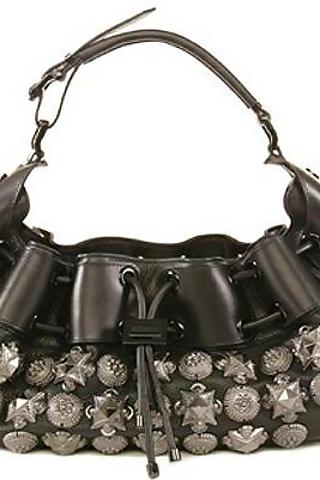Maria n Phillls Website
Statement of the Problem...
For our final project, we chose to test whether the mean purse weights for girls who regularly carry food in their purse is higher than the mean purse weight for girls who don't carry food. We got this idea after looking around in our own high school. We noticed that girls purse sizes vary extremely. They range from the size of a wallet to the size of backpack able to carry textbooks. What girls carry in their purses also varries, from make up to meals and a whole change of clothes. Seeing this, we wanted to see if the weight of the purse was related to what the girls carreid in them. To test this, we decided on our project, testing if the weight was greater for those who carry food than for those who don't.
What is a Handbag???
A Handbag is not just a fashion statement any more. Today’s handbags must be large, sturdy and functional to support the many needs of today’s lifestyles. Today many women carry more than one bag. This has become a vital necessity for some of today’s women. One bag is not enough. The importance for a woman to have the right bag has also made the need for business cases, totebags, sportbags, cell phone bags, clutch purses as well as the handbag, to be a basic part of a woman's everyday toting essentials. One thing that never changes is the secrets that lie beyond the closed handbag. (What is a handbag?:)


